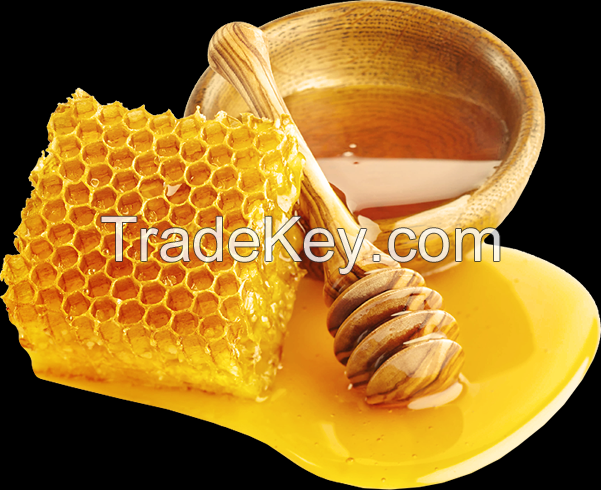Description
Pure honey is a natural sweetener produced by bees from the nectar
of flowers. It is known for its distinct flavor, various health
benefits, and versatility in culinary uses. Heres a concise
overview:
- **Production**: Bees collect nectar from flowers and transform it
into honey through a process of digestion and evaporation. The
nectar is deposited into honeycombs, where it matures and turns
into honey.
- **Composition**: Pure honey primarily consists of sugars, mainly
fructose and glucose, along with small amounts of vitamins,
minerals, enzymes, and antioxidants. Its composition can vary based
on the floral source.
- **Types**: Honey can vary in color, flavor, and texture,
depending on the nectar source. Common types include clover honey,
wildflower honey, and manuka honey. Raw honey is unprocessed and
retains more of its natural nutrients and enzymes compared to
filtered honey.
- **Health Benefits**: Pure honey is known for its potential health
benefits, including antimicrobial properties, soothing sore
throats, and aiding digestion. It also contains antioxidants that
may help protect the body from oxidative stress.
- **Uses**: Honey is widely used as a sweetener in cooking and
baking. It can also be used as a natural remedy for various
ailments, a base for dressings and marinades, or simply spread on
bread.
- **Storage**: Honey should be stored in a cool, dry place in a
tightly sealed container. It has a long shelf life due to its low
moisture content and natural preservatives. Crystallization can
occur over time, but this does not indicate spoilage. Crystallized
honey can be gently warmed to return to a liquid state.
Pure honey is appreciated not only for its natural sweetness but
also for its potential health benefits and wide range of uses.


